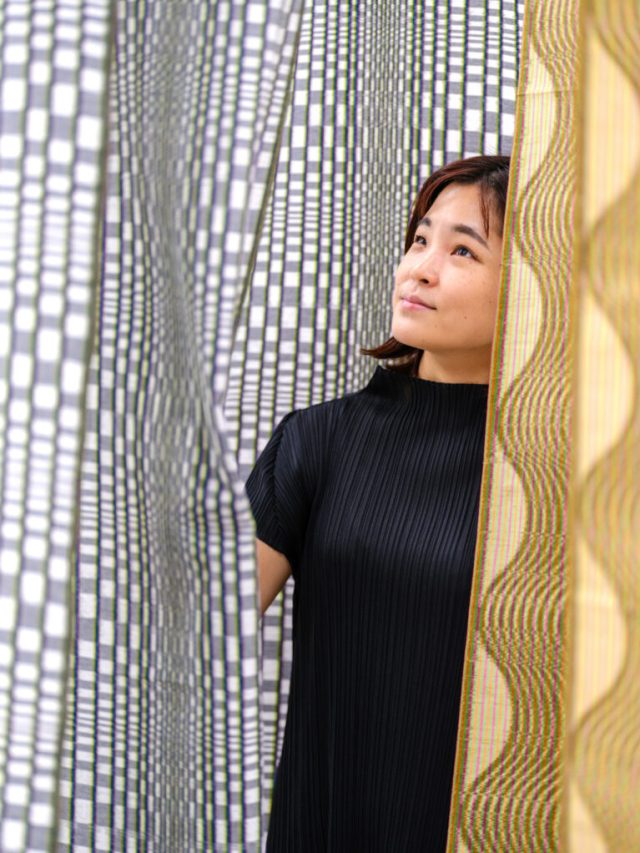About Hana Mitsui
Hana Mitsui was born on 6 March 1990 in New Haven, Connecticut, United States. She earned a master’s at the Royal College of Art, London. While there, her textile won a spot in Alexander McQueen’s spring/summer 2015 collection. Soon thereafter, she returned to Japan, where she worked with Issey Miyake for seven years as a textile and bag designer.
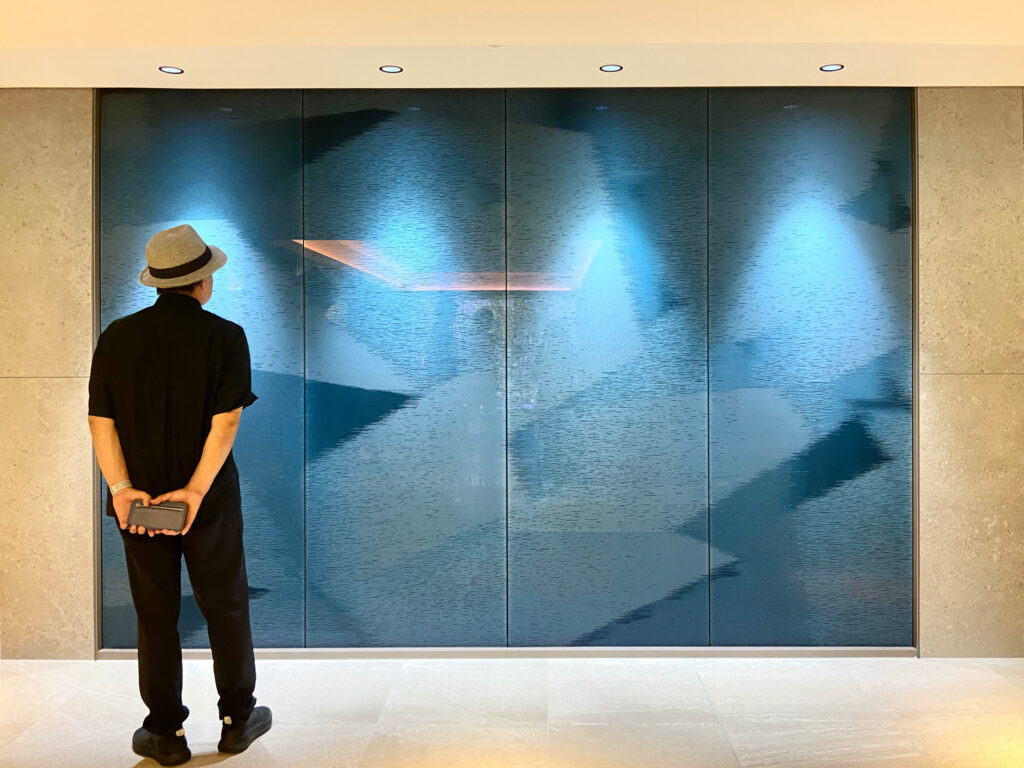
In 2022, she established her eponymous studio — Hana Textile Design Studio in Tokyo, where she collaborates with Japanese craftspeople to create modern designs on traditional Japanese textiles. At present, Hana Mitsui is a visiting professor at Tama Art University’s Department of Textile Design. Apart from clothing, she has also forayed into architecture and interior design. In 2024, she established Hana Material Design Laboratory Co., Ltd.
Hana Mitsui’s Collaboration
Hana Mitsui is redefining the norms with her fashion-cum-art sensibilities. Thus far, she has collaborated with numerous fashion houses and brands such as North Face and Toyota Tsusho Corporation. Hana Mitsui combines tradition and modernity as she seeks to rediscover the essence of Japanese design heritage for contemporary contexts.
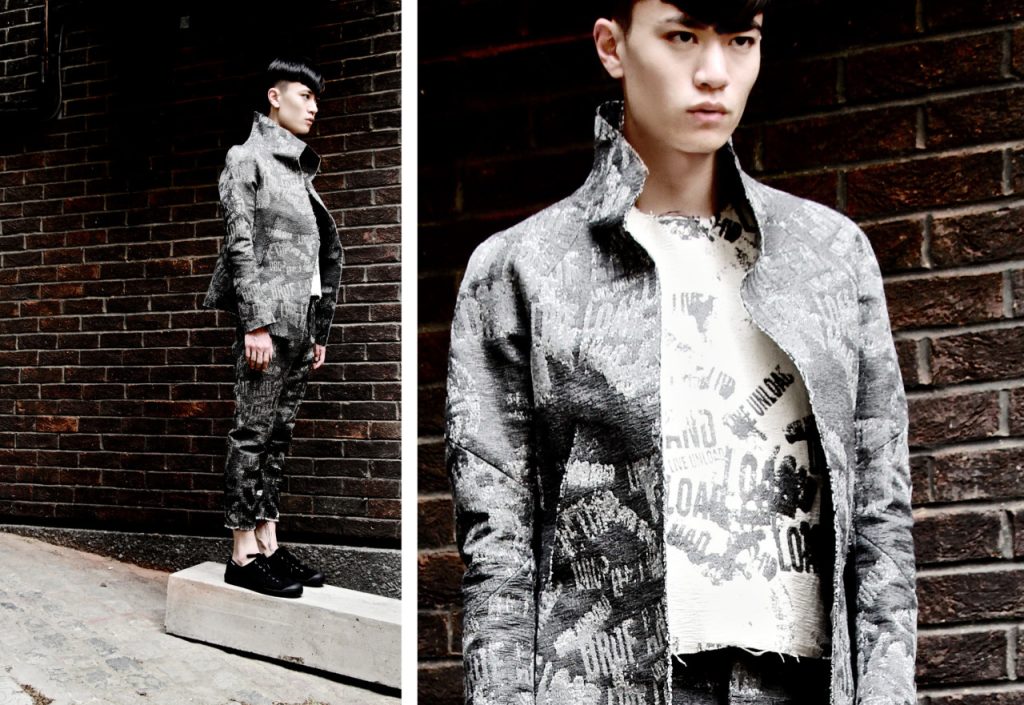
Monpe – “Hana Mitsui Hana no Yuragi”
Hana Mitsui, in collaboration with the weaving company, Shimokawa Orimono and the local cultural trading company Unagi no Nebukuro, has designed a new fabric specifically for the Kurume Kasuri style of Japanese kimono. The fabric made its debut at the 2023 Monpe Expo. This collection’s textile designs are based on the theme of fluctuation. The woven fabric has a wavering look.
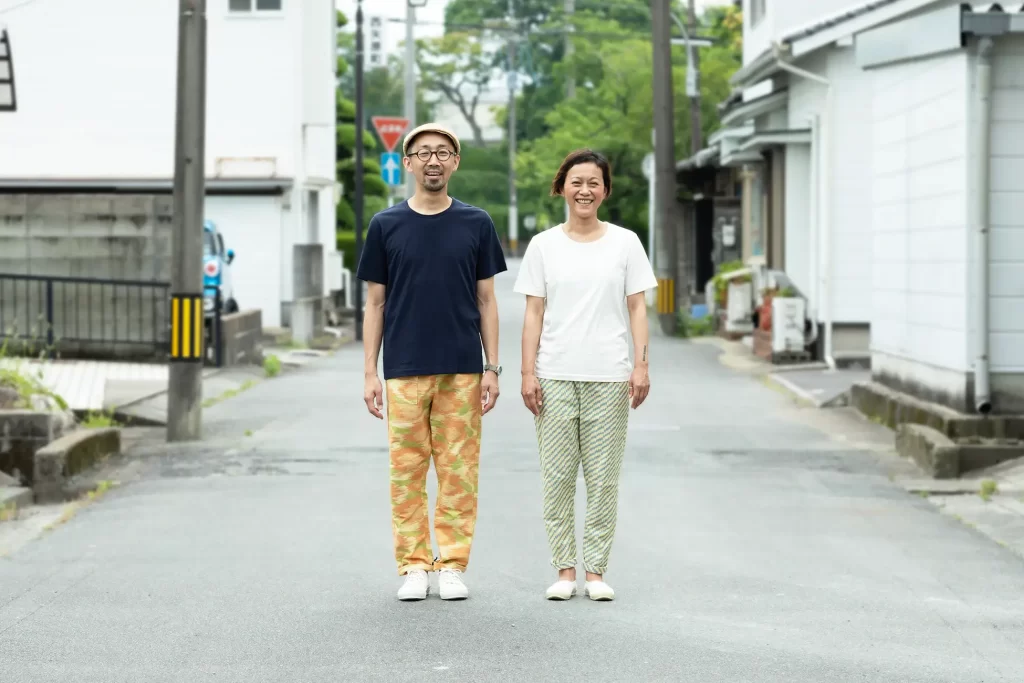
Mitsui created the fluctuating pattern by slightly shifting the warp and weft threads during the weaving, dying, and tying processes. The warp threads are long and taut, and the weft threads weave in and out of them to form a cloth. Depending on whether dyed threads are used for the warp or weft, Kurume Kasuri patterns can be divided into three — vertical kasuri, horizontal kasuri, and vertical and horizontal kasuri. Hana Mitsui used the vertical and horizontal kasuri, overlapping the floral horizontal kasuri with the checkered vertical Kasuri.
Original Sakiori
Known for her avant-garde textile techniques influenced by Japan’s history, Hana Mitsui created the “Original Sakiori” method. Made of fabric waste, Mitsui pays homage to the technical complexities of the traditional Sakiori methods’ rag-weaving aspect rooted in cultural philosophy. Her textiles are more than just beautiful; they exude a philosophy of caring for possessions.
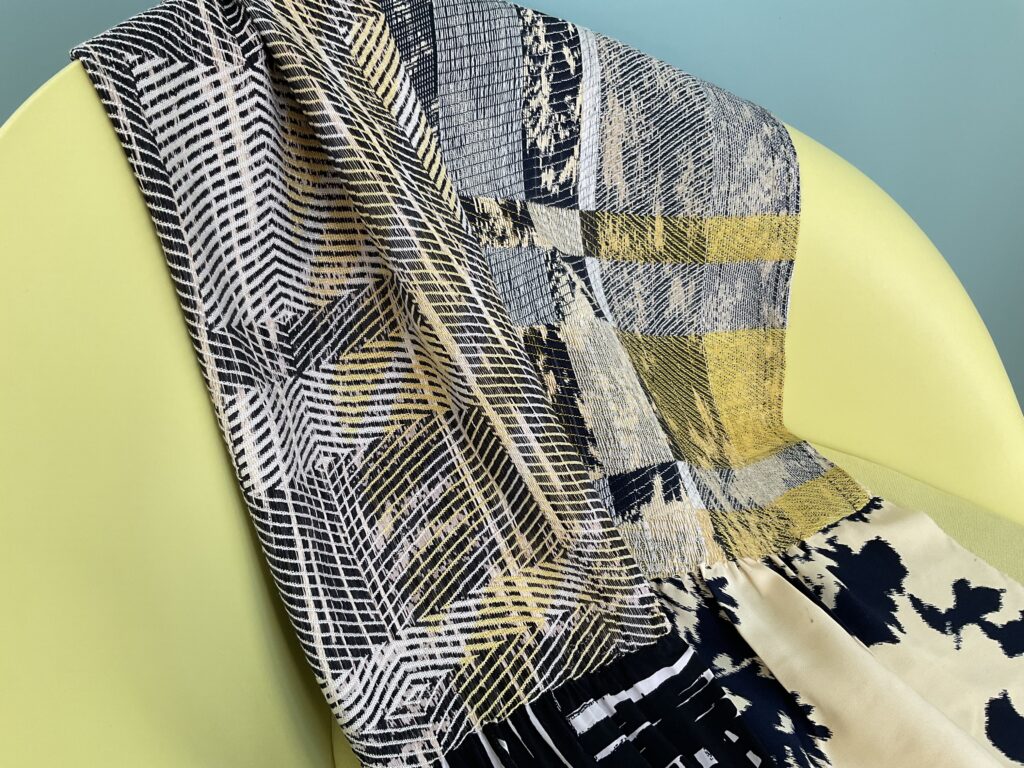
She explores this ancient custom in which worn-out clothing was given new life as weft threads and woven into fabrics for overcoats called haori and wood floor cushions known as zabuton. Hana Mitsui uses upcycling, weaving, and wefting techniques to create a yarn that is fashioned into elaborate ‘Ikat’ designs; a commentary on the humungous amount of waste produced by the fashion industry. Leftover fabric is finely chopped into weft threads and subsequently woven into fabrics for use in handicrafts and industrial weaving.
Notable Accolades
Hana Mitsui won the ‘Visionary Process’ award at the 2014 SustainRCA Show & Awards, while still a student. Her recent projects include the sakiori (traditional rip weave) and kurume kasuri (traditional Japanese ikat) for the Milano Salone Satellite 2024 installation. Using industrial offcuts, the ‘Satellite Hana’ line presents an interior fabric collection that creates optical illusions by repurposing traditional Japanese fabrics. Another example of this intersection is the textile wall art for upscale homes in Matsuyama.
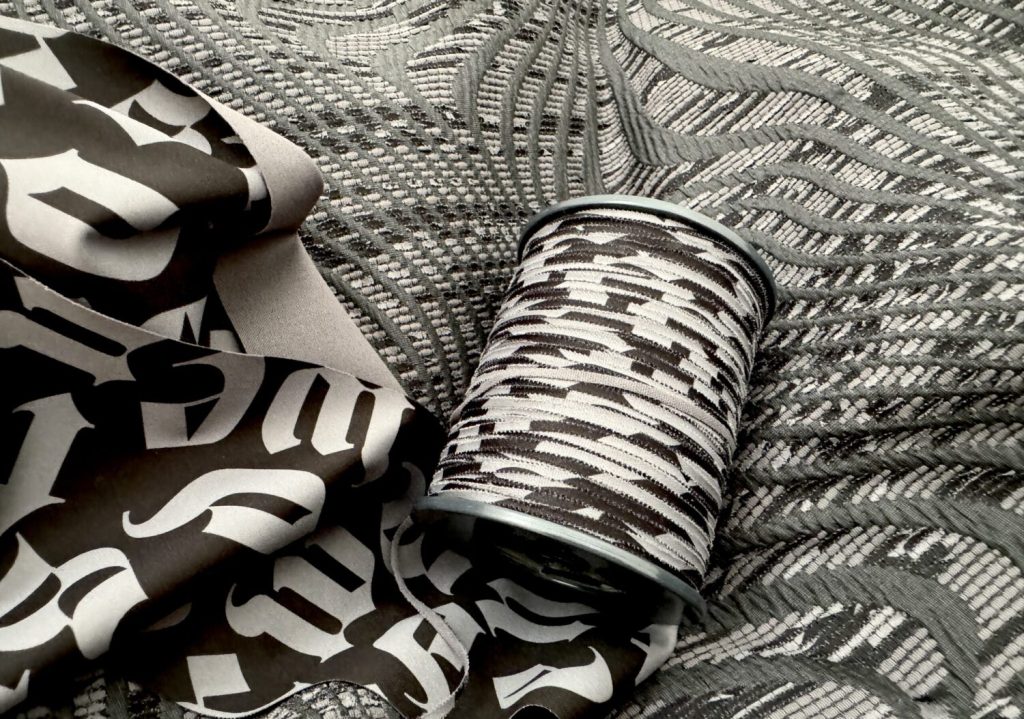
Mitsui participated in the 2024 edition of Interior Lifestyle Tokyo, where she won, the ‘Young Designer Award.’ Her winning piece, “Textile of Illusion – Kurume Kasuri -” masterfully combines optical illusion effects with thread misalignment. With this award, she is set to present her textiles at Ambiente 2024.
Image Courtesy – Hana Textile Design Studio
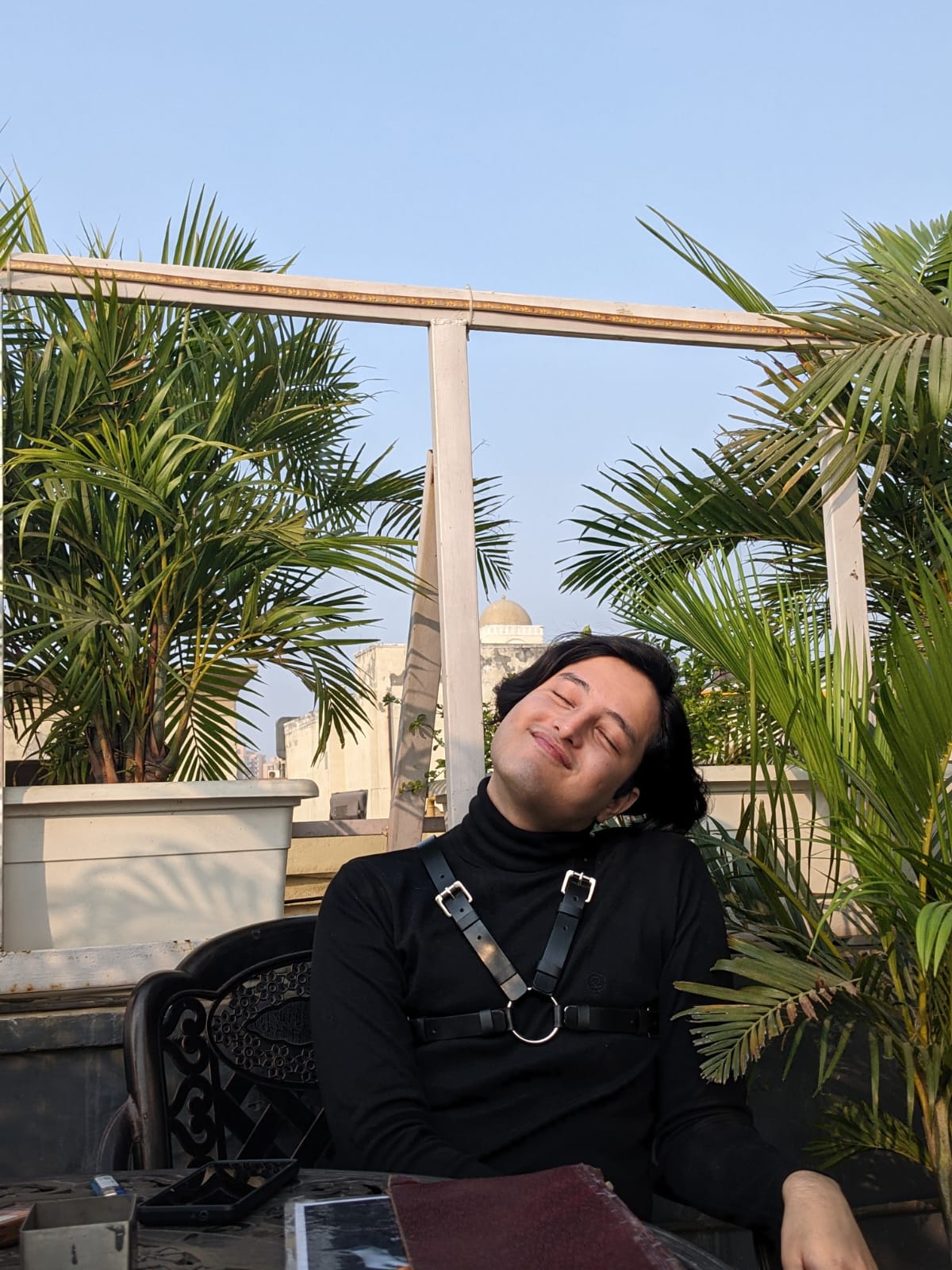
Hi Ya’ll !!
I love writing about pop culture and all things queer.
Sub Editor at Abir Pothi


